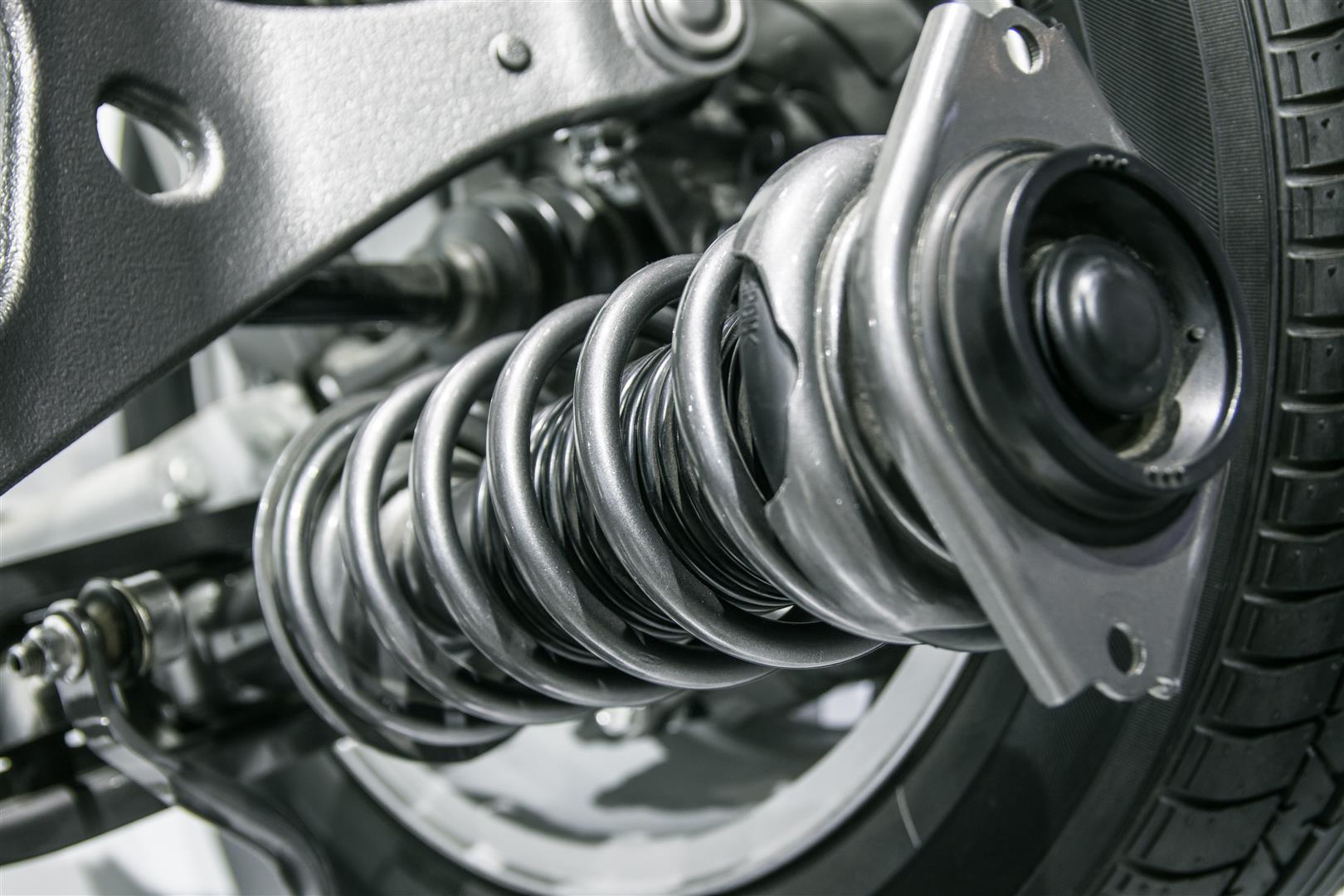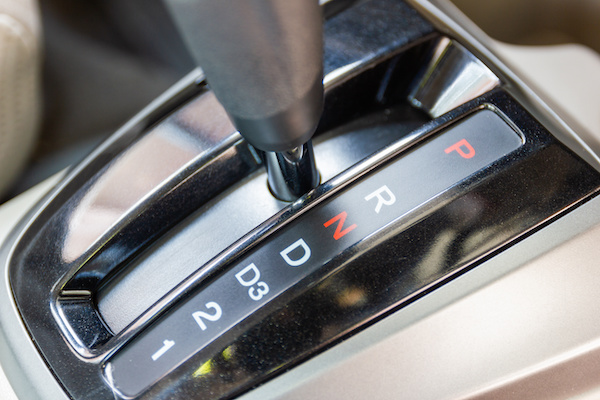Posted on 11/16/2021

There's no denying that the smell of sweet syrup on pancakes or waffles is amazing, but what about in your car? Not so much, right? While dismissing this sweet, sugary smell may be effortless, this particular scent can signal major trouble. If you find yourself sniffing a syrupy smell, there's a good chance that you've got a coolant leak on your hands. Coolant fluid, also known as a mixture of water and antifreeze, has a vital function in your car. It is known for regulating the engine's temperature and preventing it from overheating. Coolant has specific chemical properties that draw out the heat from your engine. The warm air is then repurposed to heat up (or cool off) your cabin. Furthermore, coolant also has anti-corrosive properties to keep your parts healthy. Coolant fluid flows through many areas of your car, including the engine, hoses, radiator, and heater core. Coolant has a distinct sweet smell that most people compare to maple s ... read more
Posted on 10/11/2021
.jpeg)
Main beam headlights (also referred to as high beam headlights), used in the right circumstances, can make your commute feel safer and comfortable. However, main beam headlights can pose significant safety concerns when misused. Regardless of whether you are a new driver or not, you should know the proper etiquette of how and when you should use your high beams. Main beam headlights give you the option to obtain brighter lights when you have difficulty seeing through your windscreen at night. They are also called high beam headlights, flashers, full beam, high beam, and blinders. Most high beams are commanded by the stick control on the left side of your steering wheel. Your main beam headlights illuminate a larger surface area in front of your vehicle, allowing you to see more of the road ahead of you. When Should I Use (and Not Use) My High Beams? If you live in a city with street lights and a decent amount of traffic, your low beam lights should be suffici ... read more
Posted on 9/13/2021

Shocks and struts are effective in stabilizing your vehicle while driving. Letting these critical parts become worn out will not only make your ride bumpier and rougher, but it may also put you in a hazardous situation! Knowing to diagnose your shocks and struts is fundamental; continue reading to find out how to identify aging shocks or struts. How Long Do Shocks And Struts Last? Under standard driving conditions, you will get approximately 75,000-90,000 miles of use before having to replace your shocks or struts. If you use your vehicle on unpaved or rough roads often, you may have to change them out sooner. What are the Top Signs of Worn Out Shocks/Struts? Car Veering Left or Right - If your car is sliding in different directions and you need to correct it constantly to drive straight, then it is time to make a trip to the auto repair shop. Uneven Wear on Tires - When your shocks and struts are wearing thin, they will cause your tires to wear unevenly. Inspectin ... read more
Posted on 8/9/2021

It's not every day that we think about our car battery. However, it's another story when the battery light comes up on your dashboard. That light could signal a number of possible issues under the hood, from a damaged battery to a failing alternator. Before you whip out the jumper cables or stress about costly repairs, take some time to troubleshoot the problem. WHAT DOES THE BATTERY LIGHT MEAN? If you notice the signs of a weak battery charge, such as power windows that are sluggish or a radio that won't turn on that accompanies the battery warning light, then you're most likely facing a battery problem. A lit battery light could be due to several issues, including: A disconnected or corroded battery cable An obstacle with the alternator or voltage regulator Corrupted cells or plates inside the battery Faulty wiring in the vehicle's electric charging system HOW DO I TROUBLESHOOT MY CAR BATTERY FROM HOME? The light could mean it's time to g ... read more
Posted on 7/9/2021

The majority of automatic transmission drivers rarely ever use neutral gear, so why is it there anyway? Well - the neutral gear serves a fundamental purpose. It is often used for manual transmission vehicles, especially since manual cars always have to be neutral first. Whereas most automatic transmission drivers rarely depend on it. When your vehicle is in neutral, it can not accelerate. Since this position is seldom engaged, when should you shift your vehicle into neutral? Fun Fact: Did you know that neutral isn't deemed a gear? When switched to "N", no gear is employed at all hence the name - neutral. Below are the instances where you should switch your vehicle in a neutral position: During a Drive-Thru Car Wash If you frequently go to the car wash, you know that most drive-through car washes have rules that require you to be in neutral gear. Before you proceed to get your vehicle cleaned, you must have it in neutral. Putting your car ... read more